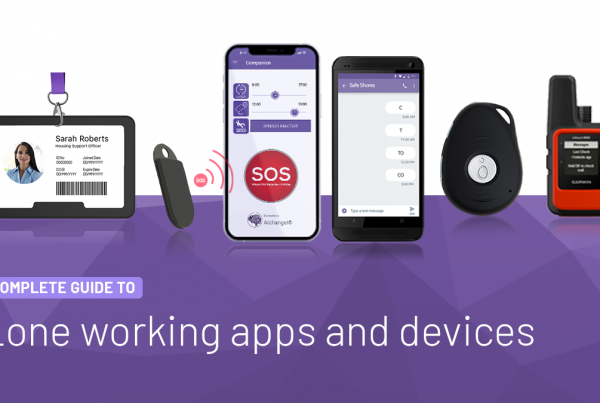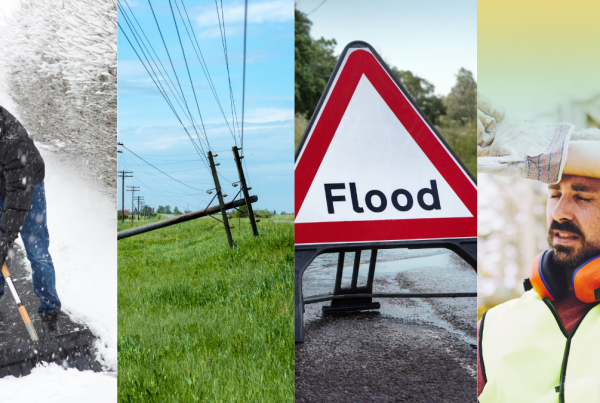Are you familiar with the concept of lone working? If you are reading this blog, you may even be lone working right now!
In the UK, pre-pandemic, it’s estimated that 8 million people were lone workers. Since 2020, the number of lone workers has skyrocketed. People working from home, more people working at distance to stay safe, more people working irregular hours and an influx in gig economy workers – it has driven the social need for lone working to become a huge part of workplace operations and culture in recent years.
With this in mind, what is lone working, and what’s involved? In this blog, we will provide you with a complete overview of everything you need to know. From different types of lone workers, legislation, the risks involved and how to stay safe.
Jump to section:

Lone workers can be anyone. From farmers, housing officers, community nurses, home workers to engineers. Keep reading to find out more.
Lone working definition
The Health and Safety Executive defines lone workers as:
“people who work by themselves without close or direct supervision.”
This definition applies to a number of different people – not just people who are physically alone at all times when working. People can work alone in a number of different settings, even if colleagues are close by.
It’s important to understand lone working and how to manage it. Across all different sectors and job types, including self-employed people and volunteers, lone working can present a range of risks. These risks need to be adequately addressed to keep people safe from potential injuries which can often be fatal.
Who is a lone worker?
Simply put, anyone can be a lone worker. From home workers, to office workers, field-based workers, self-employed people to volunteers. If you work alone by yourself, without close or direct supervision, then you are instantly exposed to risks as a lone worker.
Lone workers can be anyone, across any sector, who:
- Work alone by themselves from a fixed location
- Work from home
- Work on the same premises as others, but are out of sight and sound from others
- Work alone for periods of time
- Work outside normal working hours (can also include people who travel outside normal hours for work)
- Work alone, but are in the presence of other people or are in populated areas
- Travel alone during work hours
- Construction workers
- Educators – including teachers, assistants and researchers.
- Facilities management workers – including window cleaners, cleaners, site managers, maintenance workers and more.
- Forestry, fishing, agriculture and aquaculture – Including tree surgeons, fishermen, marina workers and farmers.
- Gig economy workers – including delivery drivers, trades people, creatives such as videographers and more.
- Health and social care workers – including domiciliary care workers and laboratory technicians
- Home workers – across all sectors
- Housing workers – including estate agents and housing officers.
- Public sector workers – including council staff, social workers, environmental protection officers, parking attendants, housing benefit officers, street cleaners and members of parliament.
- Retail and hospitality workers – including independent shop owners, receptionists, store workers, pub/nightclub workers, concierges, petrol station attendants and more.
- Science Sector – including laboratory workers and technicians, manufacturing workers, environmental workers and engineers.
- Third sector workers – including project managers, shopworkers, fundraisers, support workers and volunteers.
- Transport and logistics workers – including public transport drivers, transport attendants, delivery drivers and warehouse workers.
- Utilities workers – including gas engineers, electrical engineers, structural engineers, quantity surveyors, plant operators, street workers, asset inspectors and more.
Managing lone working: why is it important?
Managing lone working is essential for the health and safety of people under your duty of care. There are always greater levels of risk when people work alone without supervision, or without anyone there to help when things go wrong.
Managing lone worker safety, through providing policies, training and safeguarding technologies, keeps people safe both physically and mentally. If things were to go wrong, or if a lone worker needs urgent support, having safety mechanisms in place helps to provide reassurance that help is nearby. Travel alone during work hours
 Lone working legislation: is lone working legal?
Lone working legislation: is lone working legal?
Lone working is completely legal and is a standard practice across a range of roles, industries and sectors. The Health and Safety Executive states that “It will often be safe to work alone. However, the law requires you to think about and deal with any health and safety risks before people are allowed to do so.”
Therefore, before any employee, volunteer or contractor is set to work alone, a thorough assessment of risks must be undertaken. By carrying out risk assessments, you can identify all foreseeable risks and create a plan to mitigate these risks. This ensures that a person is safe to work alone.
To learn more about the relevant health and safety legislation that should be followed whilst managing people, including lone workers, please visit our Duty of Care guide.
What are the risks of lone working?
The risks of lone working depend on your role, industry, environment and any activities you undertake. Lone workers may experience common hazards in the workplace, but without direct supervision or anyone to help, these hazards can turn fatal.
Lone workers will often experience a higher level of risk due to a range of factors. For example, lone workers could be more likely to take risks or cut corners with no one else around to supervise. Additionally, lone workers may be left injured, or even attacked, without any way to receive immediate help if no safety measures are in place.
When assessing foreseeable risks, you should consider personal risk factors, environmental risk factors and any occupational hazards.
Here are some examples of risks lone workers may encounter:
Personal Risk Factors
- Working with pre-existing medical conditions (risk of sudden health issues without immediate help available)
- Sudden illness
- Accidents or emergencies arising out of work
- Travelling alone
- Inadequate provision of rest (tiredness and fatigue)
- Risks to personal safety, through verbal and physical abuse
- Impact to mental health, through loneliness and abuse
Environmental Risk Factors
- Weather conditions (severe weather, hot and cold conditions)
- Harmful substances or environments (including dust, dirt, grease and oil, vapours, gases and smoke)
- Noise levels (industrial, traffic)
- Air quality
- Environment conditions that could lead to slips, trips and falls
- Working in someone else’s home or residence
- Areas with poor mobile signal
Occupational Hazards
- Slips, trips and falls
- Working at height
- Operating machinery and equipment
- Manual handling
- Driving for work
- Working around vehicles
- Working with harmful substances
- Working in confined spaces
- Falling objects
- Working with high risk, or vulnerable individuals

To download the full ‘What are the risks of lone working?’ Infographic, click here.
To help identity and document risks, utilise our free Risk Assessment Toolkit.
Lone working responsibilities
Within the workplace, everyone is responsible for health and safety, which includes lone worker safety. Business owners and directors, managers and supervisors, contractors and staff on all levels within the company share responsibility to uphold health and safety and lone worker safety standards.
The Health and Safety at Work Act 1974 states that employers must identify all circumstances in which employees could be at risk whilst at work, and must put measures in place ‘so far as is reasonably practicable.’
Employer responsibilities
For employers, or responsible persons, responsibilities include, but are not limited to:
- Conducting regular risk assessments
- Identifying mitigation measures for any identified risks
- Ensuring that all jobs can be completed safely by one person, or ideally, performed with supervision
- Train, supervise and monitor lone workers
- Monitor and respond to incidents
For a full overview of responsibilities for a range of roles, including Chief Executives, Corporate Health and Safety Managers and Line Managers, please download our Lone Worker Policy Template.
Employee/Lone worker responsibilities
Employees and volunteers also have a responsibility for their health and safety. This includes whilst working alone.
All employees and volunteers are responsible for:
- Following health and safety procedures set out by their organisation
- Ensuring that risk assessments are carried out and reviewed regularly.
- Considering health and safety in every action they do, ensuring that reasonable care is considered for themselves and others who may be affected by their actions.
- Participating in training programmes designed to support policies, procedures and lone worker safety.
- Reporting all incidents that may affect the health and safety of themselves or others.
- Reporting any identified hazards or concerns they may have in respect to lone working.
- Reporting any instances of ‘near misses’ where an accident could have happened, but didn’t, or if an incident occurred but no one was hurt.
Lone worker risk assessment
All businesses, regardless of size, are legally obliged to conduct risk assessments of all activities. If your business employs five or more employees, you must record any significant risks.
Using a lone worker risk assessment will help you identify all potential, foreseeable risks. Doing so will enable mitigation measures to be put in place to ensure health and safety of lone workers. In addition to this, lone workers can feel reassured that all hazards have been adequately identified and addressed.
To create and fulfil a lone worker risk assessment, please download our free Risk Assessment Toolkit. Our detailed template will enable you to identify all personal, environmental and occupational risk hazards affecting your lone working staff.
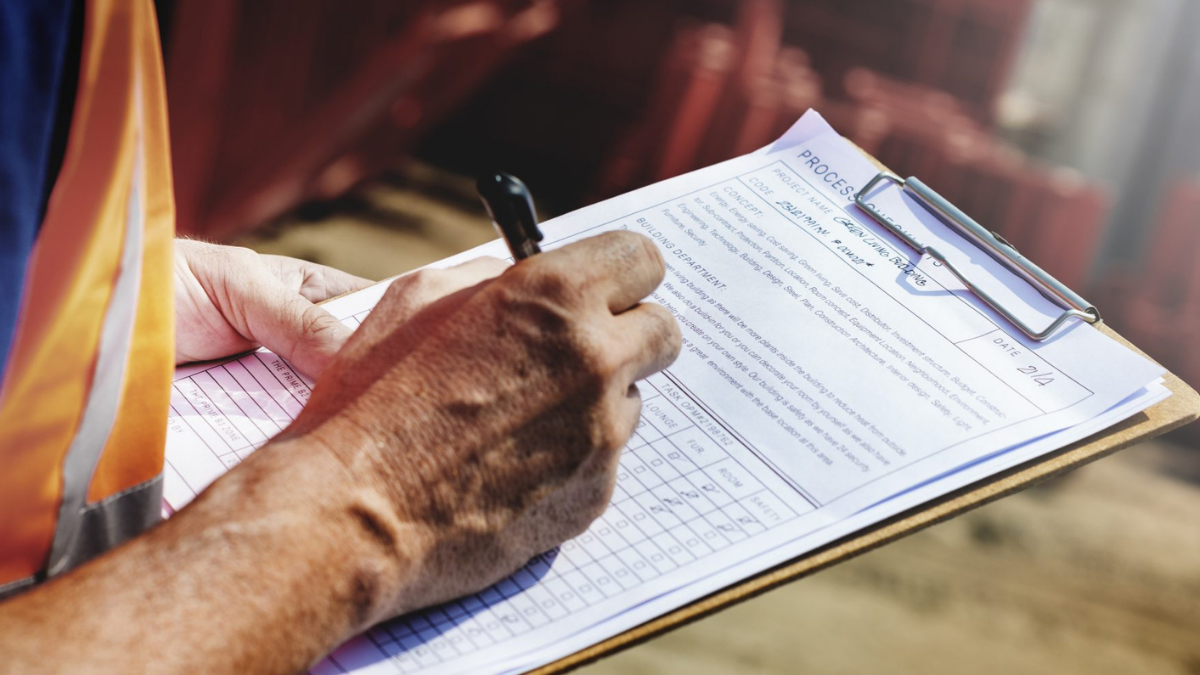
Lone worker policy
Designing and implementing a lone worker policy ensures that your organisation complies with all legal obligations for your duty of care for health and safety.
Producing a lone worker safety policy helps you to outline your organisation’s rules, roles, responsibilities and procedures for lone working employees, volunteers and contractors.
Your lone worker policy should ideally address:
- Definitions of lone working
- Risk assessment procedures
- Roles and responsibilities
- Risk control measures
- Potential risks
- Reporting
- Monitoring and review
- Support for employees
To find out more about lone working policies, please download our free lone worker policy template. This lone worker policy template will provide you with everything you need.

Lone worker technology
A final, and crucial method of protecting lone workers is through the implementation of lone worker technology and a dedicated lone worker protection service.
A lone worker protection service is a combination of monitoring systems, mobile and IoT technologies and a response service. Sometimes, a lone worker system can be completely managed in house by qualified staff.

By investing in an accredited, resilient and highly flexible service, like the one provided by Safe Shores Monitoring, both organisations and employees can feel a range of benefits.
Benefits of a lone worker protection service include:
- Improved staff health, safety and wellbeing
- Reduced stress and anxiety for lone working staff
- Increased staff retention and productivity
- Optimised planning and resource management
- Ensuring that your duty of care is met
To find out more about available lone worker protection services and technologies, please click here, or download our Service Overview below.
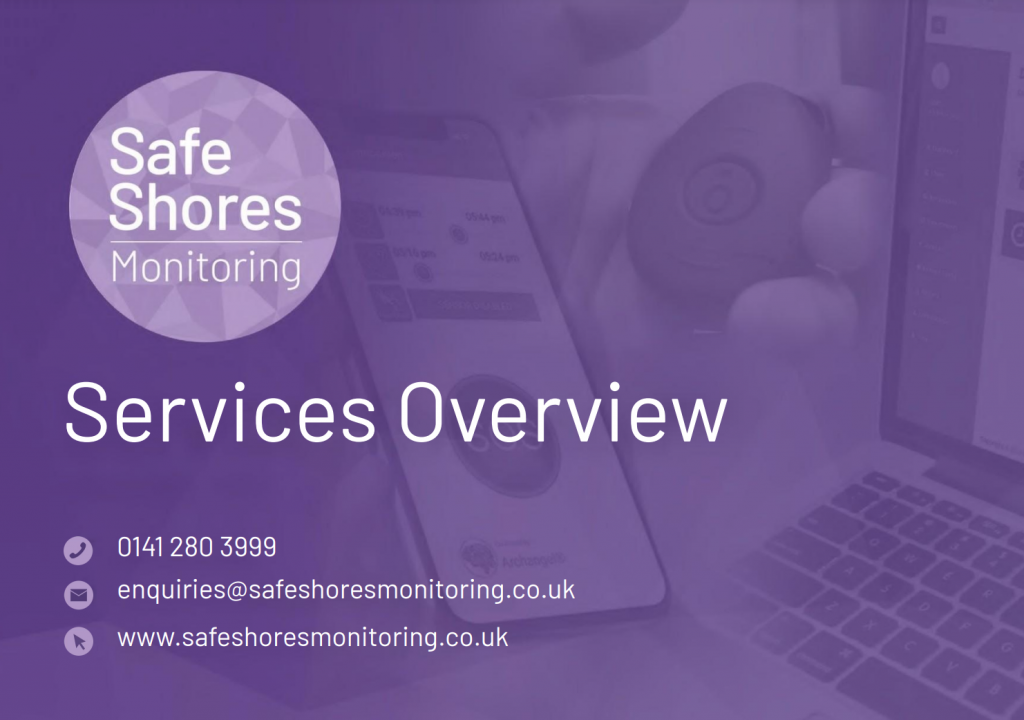
Disclaimer: the information provided in this article is for general guidance only and is not legal advice. This article is not a substitute for Health and Safety consultancy. For legal advice, you should seek independent advice.
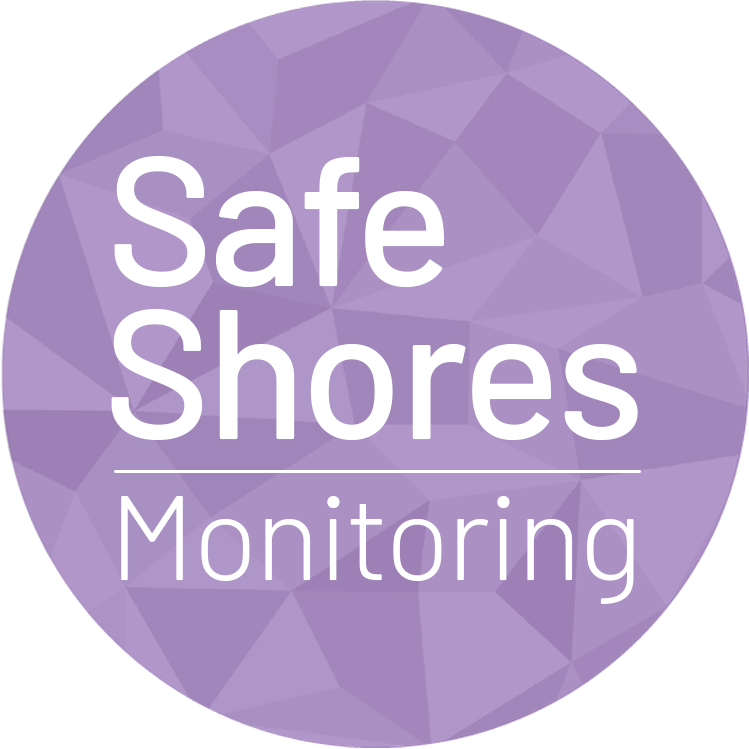
To find out more about Safe Shores Monitoring and out mission to Protect, Assure and Respond to all lone workers and their requirements, please click here.
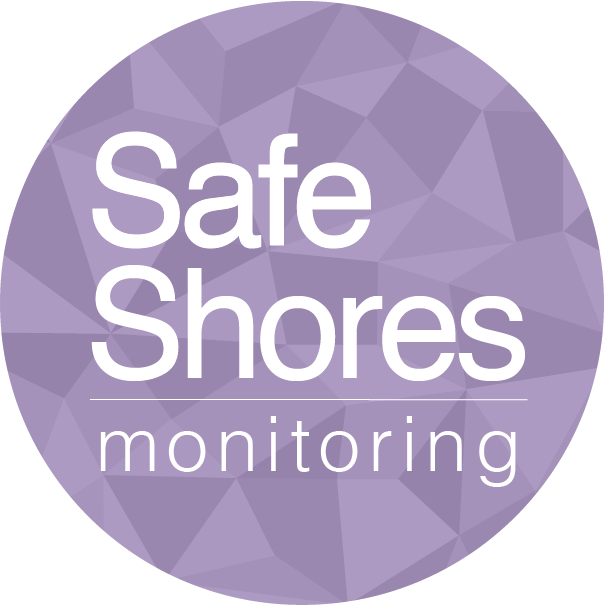

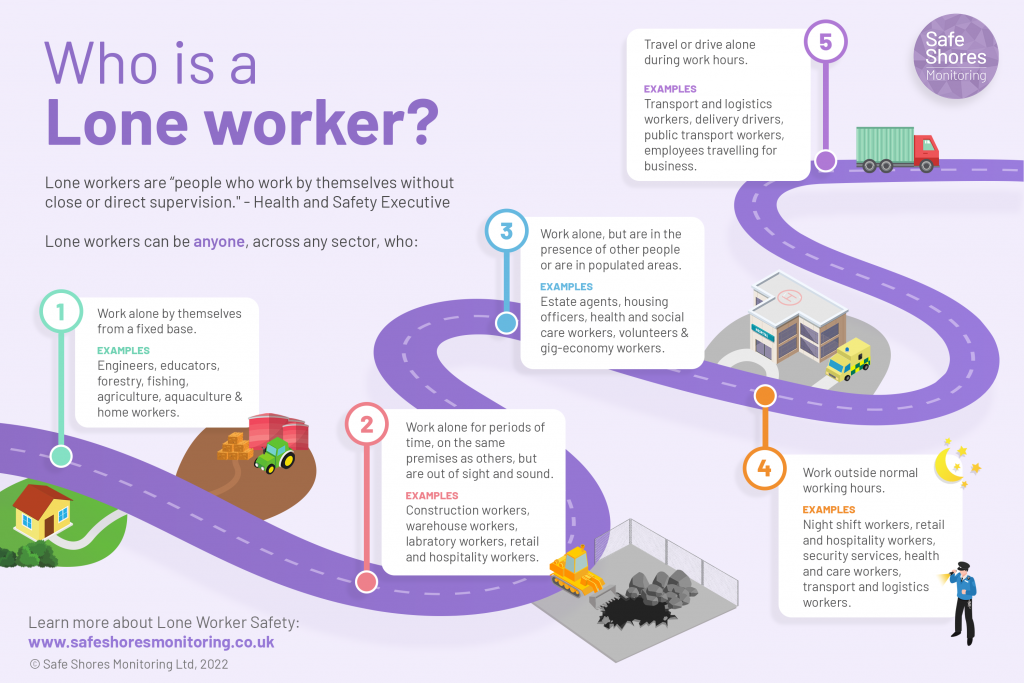 Click here to download the full infographic
Click here to download the full infographic 
